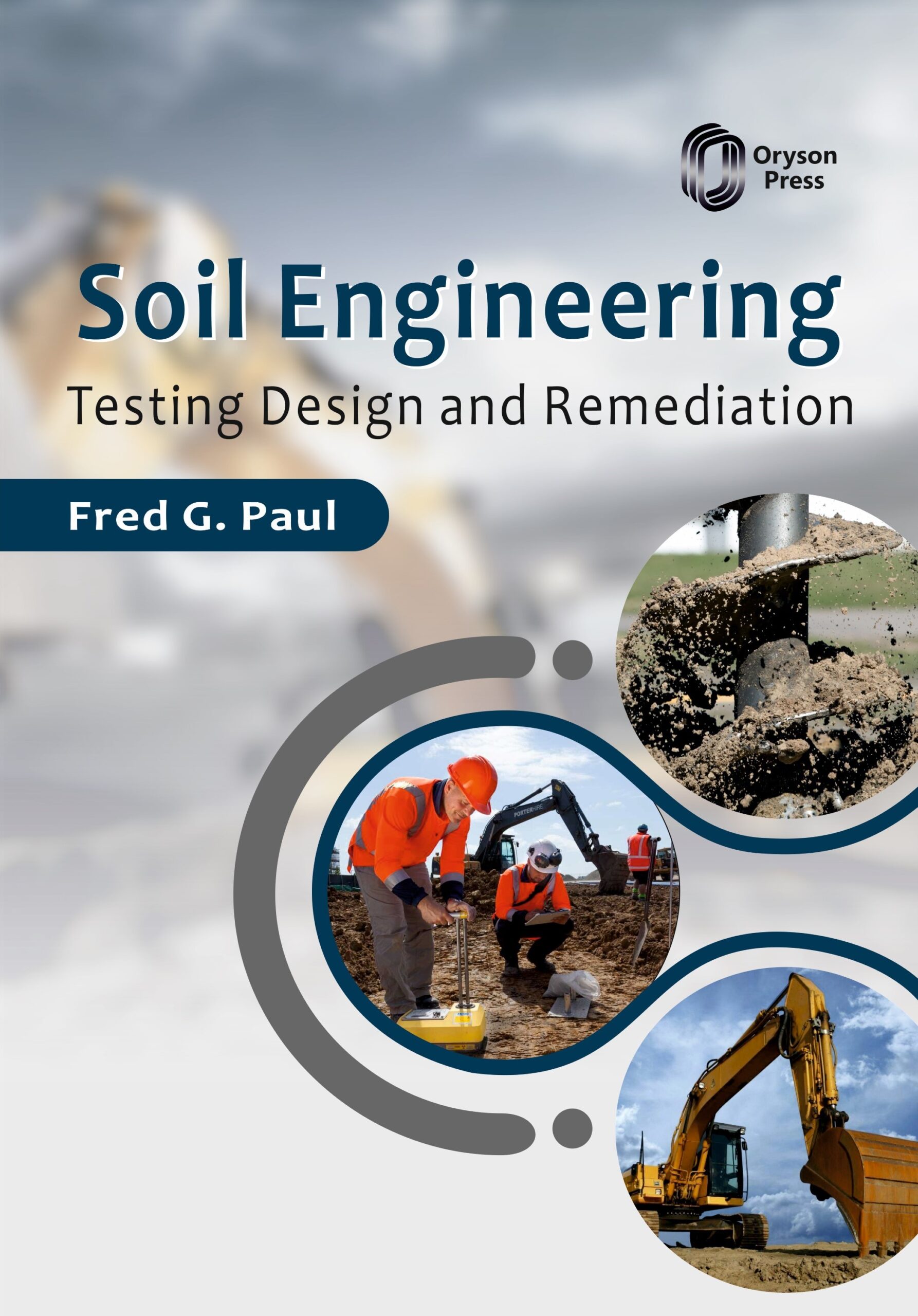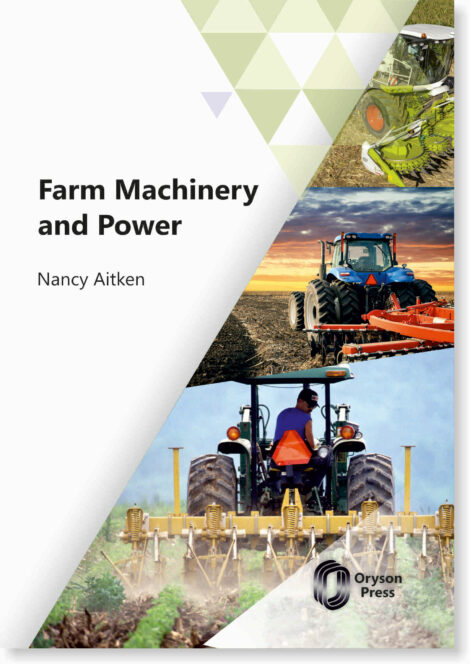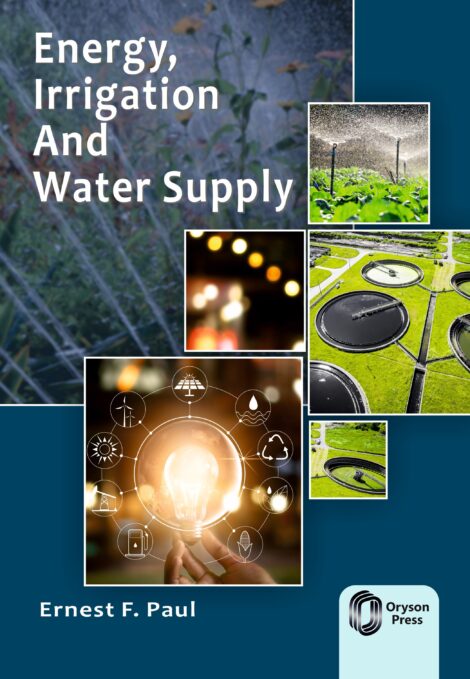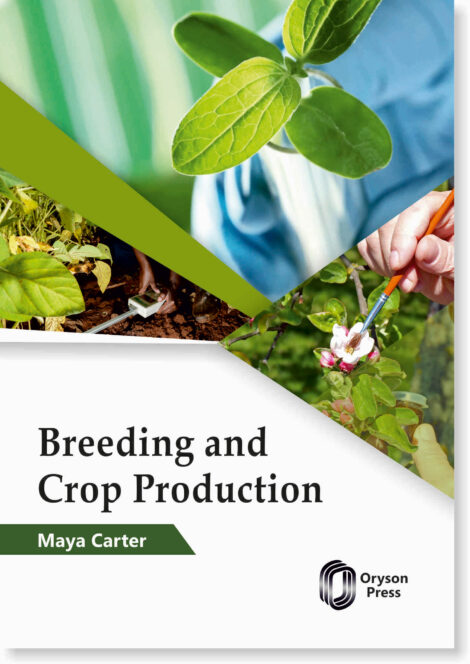Soil Engineering: Testing Design And Remediation
Fred G. Paul
$139.99
ISBN:9798887153162
Pages:324
Binding: Hardcover
Language: English
Description
Humans have historically used soil as a material for flood control, irrigation purposes, burial sites, building foundations, and as construction material for buildings. First activities were linked to irrigation and flood control as demonstrated by traces of dykes, dams, and canals dating back to at least 2000 BCE that were found in ancient Egypt, ancient Mesopotamia and the Fertile Crescent, as well as around the early settlements of Mohenjo Daro and Harappa in the Indus valley. As the cities expanded, structures were erected supported by formalised foundations; Ancient Greeks notably constructed pad footings and strip-and-raft foundations. Until the 18th century, however, no theoretical basis for soil design had been developed and the discipline was more of an art than a science, relying on past experience. Geotechnical engineering is the branch of civil engineering concerned with the engineering behaviour of earth materials.
This book provides the practical meaning of the different aspects of soil mechanics, the use of unconfined compression test data, the meaning of consolidated tests, the practical value of lateral pressure and more. Though the book is basically meant for students; the nature, content and manner of presentation of the material makes it a useful reference book for any practitioner of the art of Soil Engineering.
Additional information
| Author | Fred G. Paul |
|---|---|
| ISBN | 9798887153162 |
| Year of Publication | 2024 |









